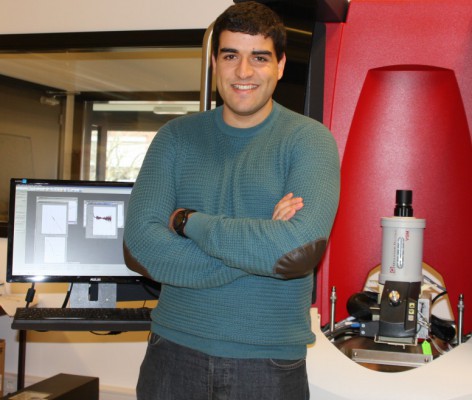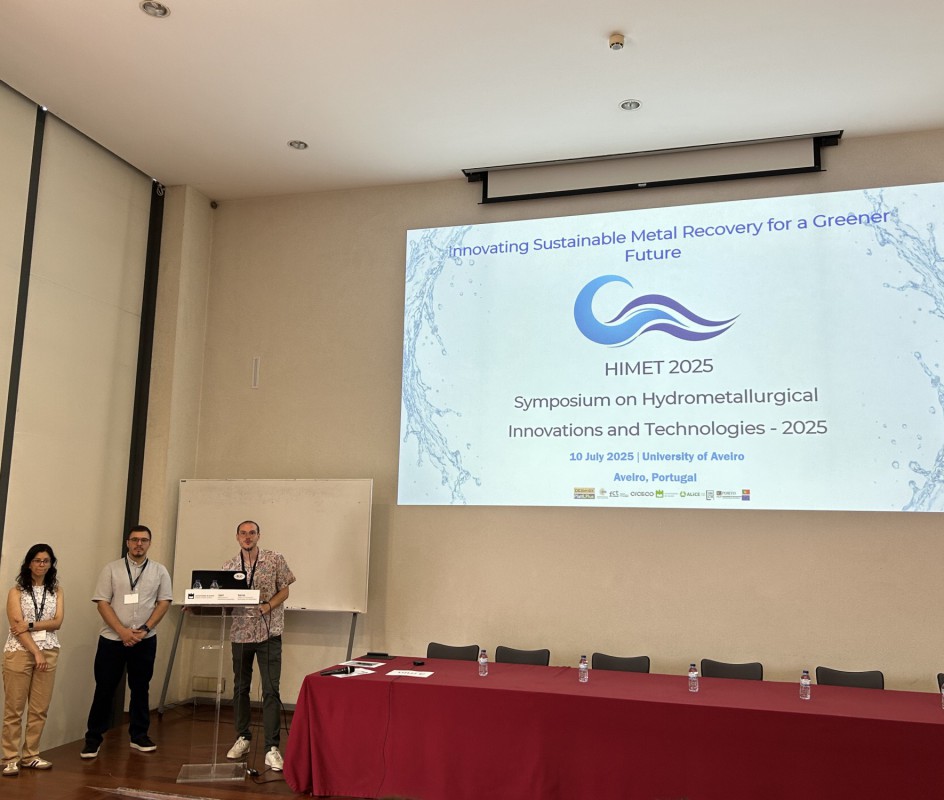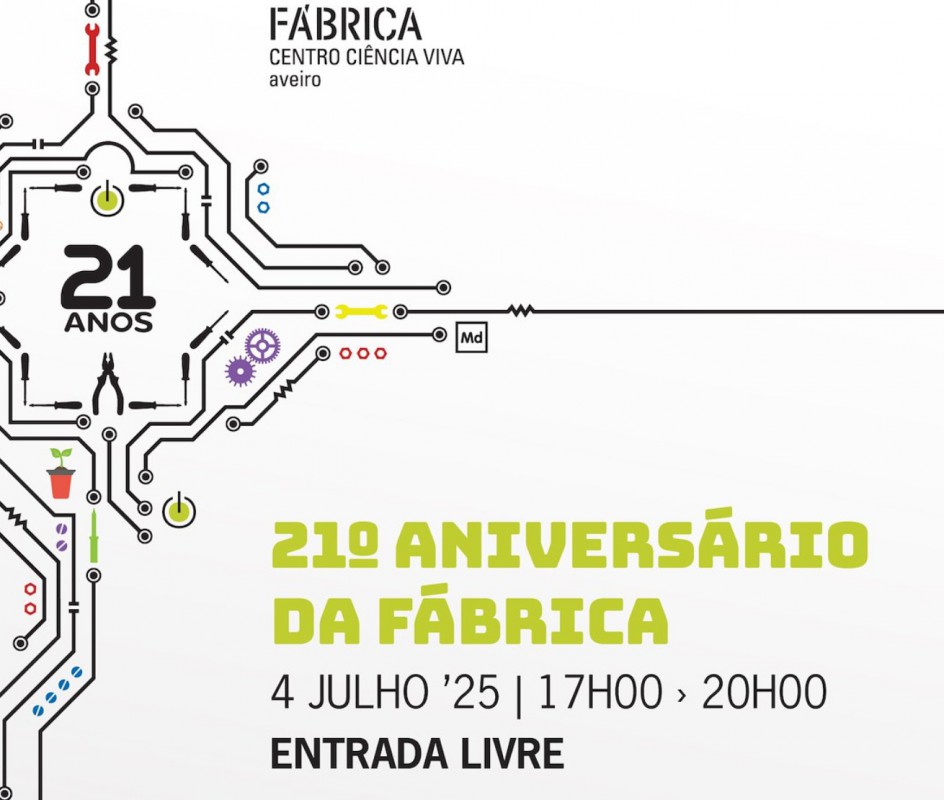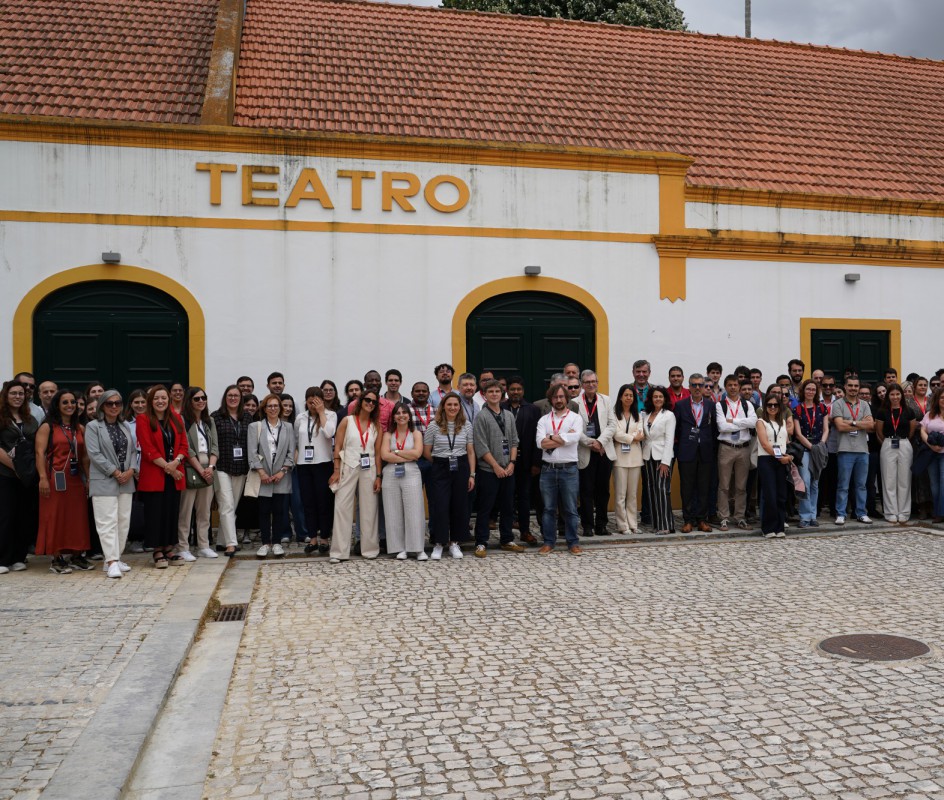
Called Barium titanate it is a ferroelectric material widely used in the electronics industry and when properly combined with the iron becomes multiferroic and show magnetoelectric effect. A CICECO, University of Aveiro, research reveal the secrets of the relationship between the structure, electrical polarization and the magnetization behavior of barium titanate doped with iron (at a concentration of only 100 parts per million), may be the key to take the composite to the future of high technology.
Make RAMs with the same velocity or faster than the current using only a small percentage of energy is one of the new possibilities now open for this material in a world increasingly filled with dependent devices of this type of memory.
Published in the last issue of ACS Applied Materials and Interfaces journal by Carlos Amorim, Fábio Figueiras, João Amaral, Pegah Vaghefi, Ali Baghizadeh and Vítor Amaral CICECO / Department of Physics in collaboration with researchers from the Institute of Nanostructures, Nanomodelling and Nanofabrication, Universities of Porto and Tras-os-Montes and Alto Douro and the Instituto Superior Técnico, the study reveals the life, so far unknown, of a multiferroic materials known by scientists for a long time.
"A multiferroic material has both, and in a correlated way, spontaneous magnetization [characteristic that can be observed, for example, in magnets] and spontaneous polarization", said Carlos Amorim, lead author and student of the Doctoral Program in Physical supervised Victor Amaral. “In this material” indicates the scientist "magnetization can be controlled by an electric voltage and the polarization can be controlled by a magnetic field, resulting in a myriad of technological potential applications for such materials".
Locally, the researchers found that the magnetoelectric coupling of this self-composite is extremely high, having a huge relative change of the magnetization between the two ferroelectric phases of higher temperature of Barium Titanate. "Best of all is that in addition to having obtained a high variation of the magnetization, this occurs at temperatures above room temperature, something absolutely necessary in current technological applications", welcomes Carlos Amorim.
Taking into account the fundamental nature of the research, the implications of these findings open the possibility that maybe in the near future we can use this type of material applied to technology and industry. In particular, "this type of materials can be used as an alternative form of RAM memories, or as faster than the current RAM memories, but require only about one percent of the operating power of the current technology." A fact that underlines Carlos Amorim, that is "extremely useful in a world full of mobile devices like smartphones and tablets."
The article can be seen here or at http://dx.doi.org/10.1021/acsami.5b07462
Related Articles
We use cookies for marketing activities and to offer you a better experience. By clicking “Accept Cookies” you agree with our cookie policy. Read about how we use cookies by clicking "Privacy and Cookie Policy".











